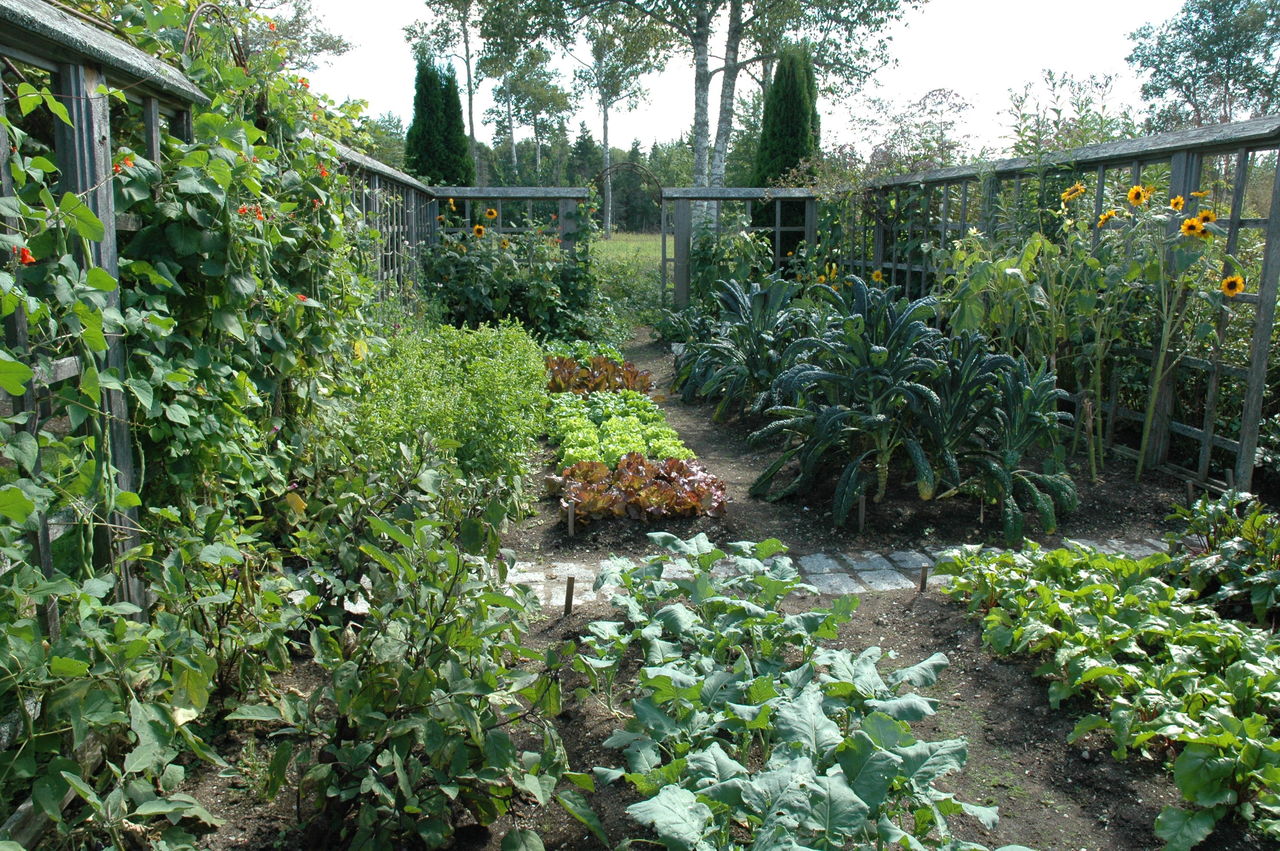There are two vegetable gardens behind our house. The main one is tilled up every year with a tractor and laid out in 30-inch-wide beds. The smaller one has the same layout but is managed with a practice called no-till.
I never set out to embrace no-till, but in the 1980s, I became a recovering double-digger and rejected the then-popular idea of deeply trenching the garden and turning its soil layers upside down to create foot-deep fluffiness. Since then, a reluctance to mess too much with the soil has crept up by degrees.
My care of the small garden has also been steered by its size, the introduction of some perennial plants, the inconvenience of getting a rototiller in there (let alone a tractor) and a bit of laziness.
The loose soil of the big garden, tilled and reordered in beds, is a pleasure to put your hands into, and one imagines that the roots of young plants must feel the same way. The earth has been aerated, and amendments such as compost and crab meal have been thoroughly churned in, as if by a giant Cuisinart.
Is that what the soil wants? What happens to the earthworms, the dung beetles, the ground spiders? Do they hear the motor and go deeper? What happens to the microorganisms in the rhizosphere? Are they encouraged or set back? The jury’s still out.
A no-till style of farming in which weeds and crop residues are allowed to remain in the soil over winter has been much embraced in this century. Because it leaves the ground undisturbed, it has prevented much erosion of the soil. Alas, herbicides have too often been substituted for tillage. Sustainable farmers, on the other hand, use weed-smothering mulches instead of herbicides, often making holes or furrows and planting right through the mulch.
In my garden, I pull out unwanted vegetation by hand and compost it, and then I apply soil amendments to the surface. Occasionally, I use a mechanized shallow tiller to mix them into the top two inches of the soil. This is how nature improves soil. When debris falls onto the surface, it is incorporated by worms, ants and such. This surface cultivation is less violent than deep tillage and doesn’t bring up weed seeds from below. Nor does it chop up long grass roots, a practice that merely propagates them so that more spring up.
Most often, I’ll simply stir my amendments in shallowly, either with an iron rake or a three-tine cultivator. It’s like folding egg whites into batter: gently, so you don’t break the bubbles. Then I take a broadfork or a sturdy digging fork and aerate the soil deeply. This is done just by thrusting the fork into the soil and bringing the handle toward me, to open up channels without bringing anything to the surface. To me, this is less work than tilling up the whole garden and reforming the paths and beds
I must admit that everything that comes out of the big garden grows beautifully and tastes great. My husband insists that the annual vegetables we grow have evolved to colonize disturbed ground, so soil disturbance is appropriate. “What about fruiting crops like tomatoes that are perennials in their native lands?” I say. “Have you asked them?” But they seem happy, too.
I also admit that when a piece of the farm looks messy and offends my eye, I’m the first to call the tractor into service. Its nickname is the Eraser at times like that.
But things are a lot quieter in the small garden where, as soon as the soil dries out, spring planting will be quick work.
Talk to us
> Give us your news tips.
> Send us a letter to the editor.
> More Herald contact information.

























